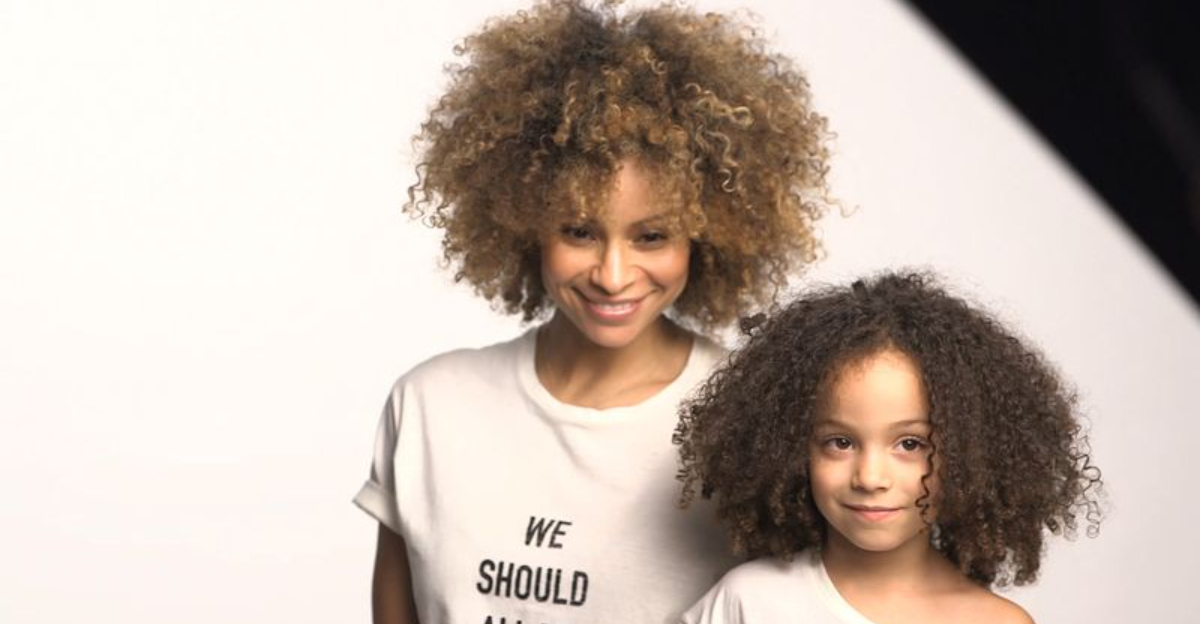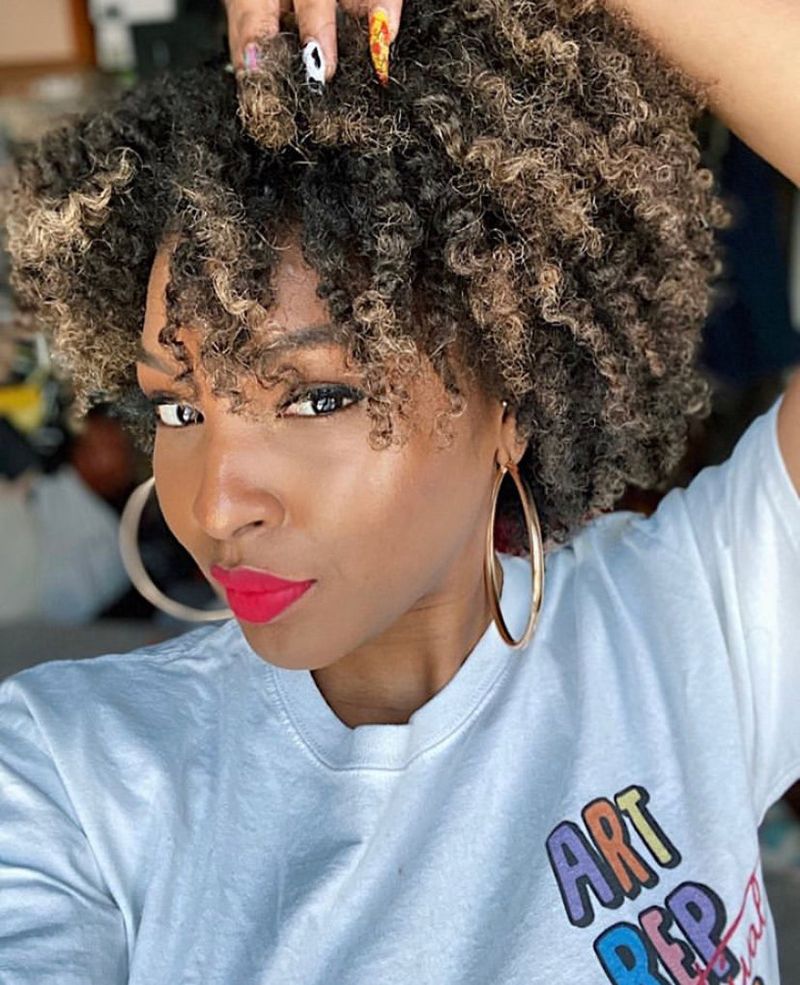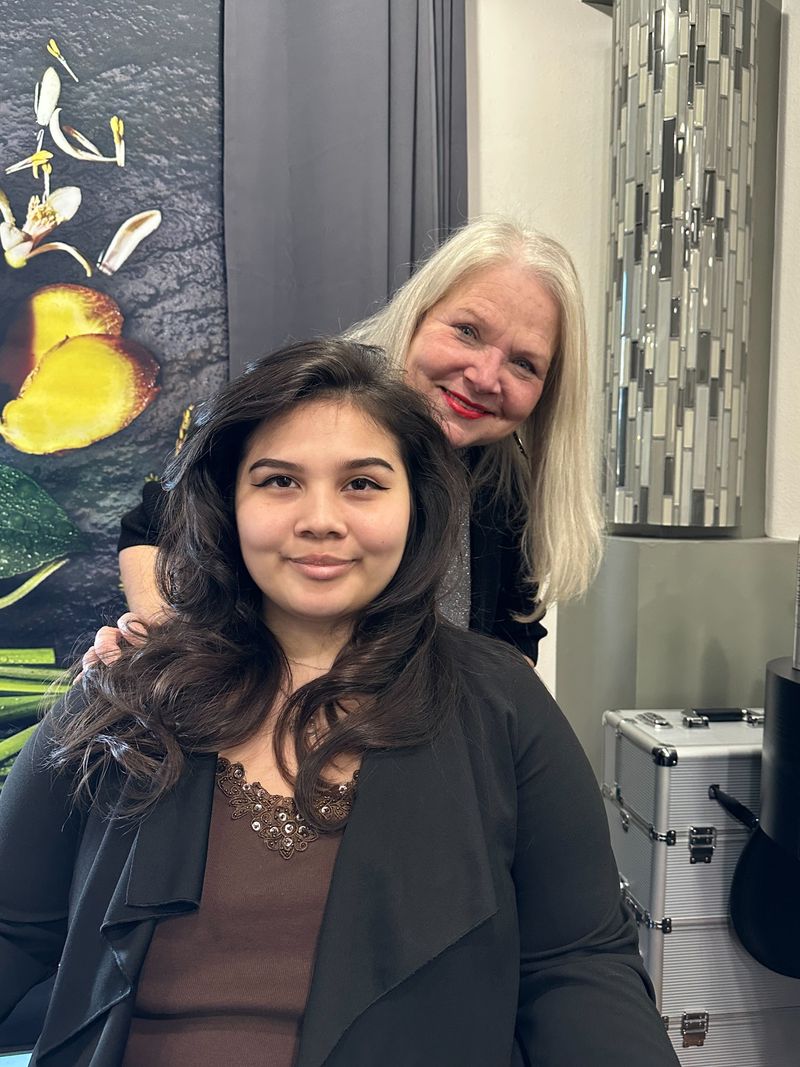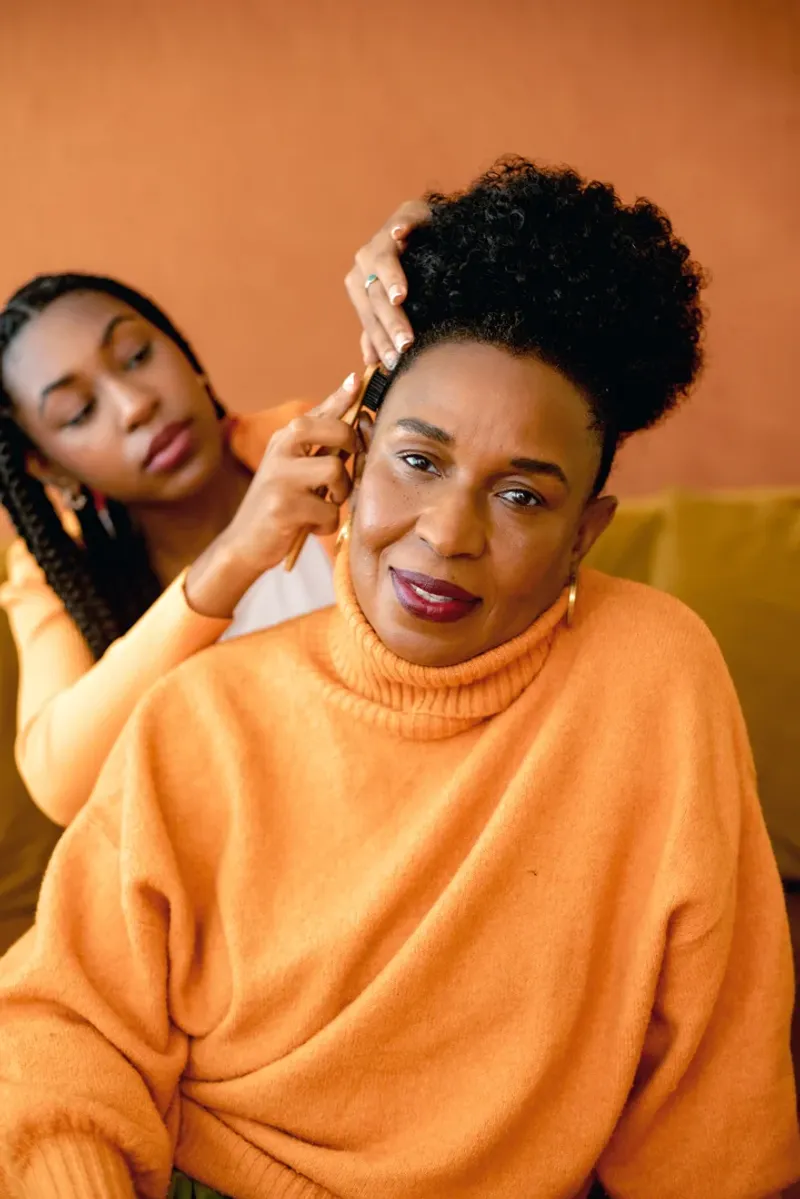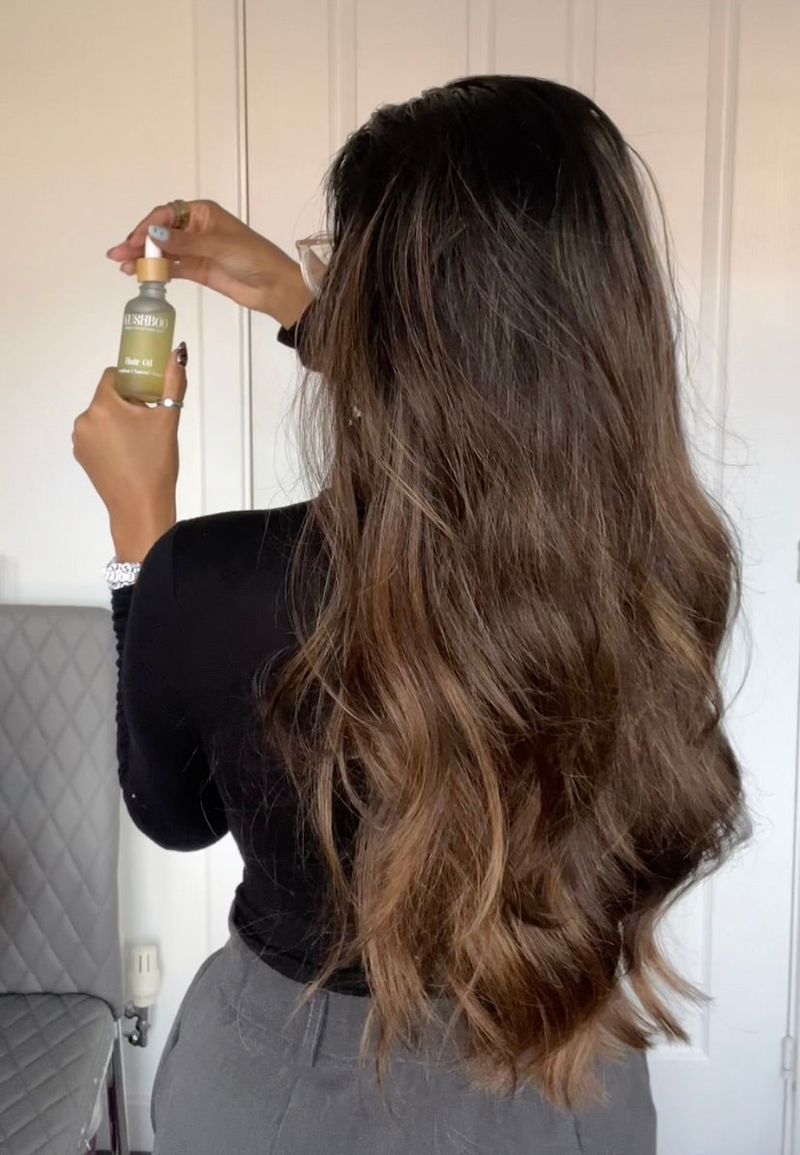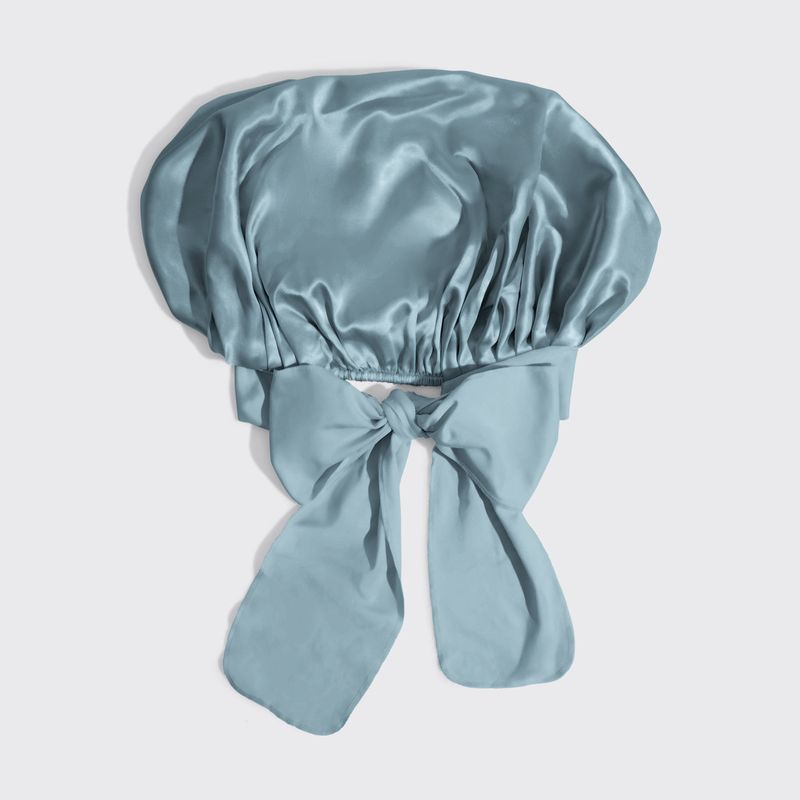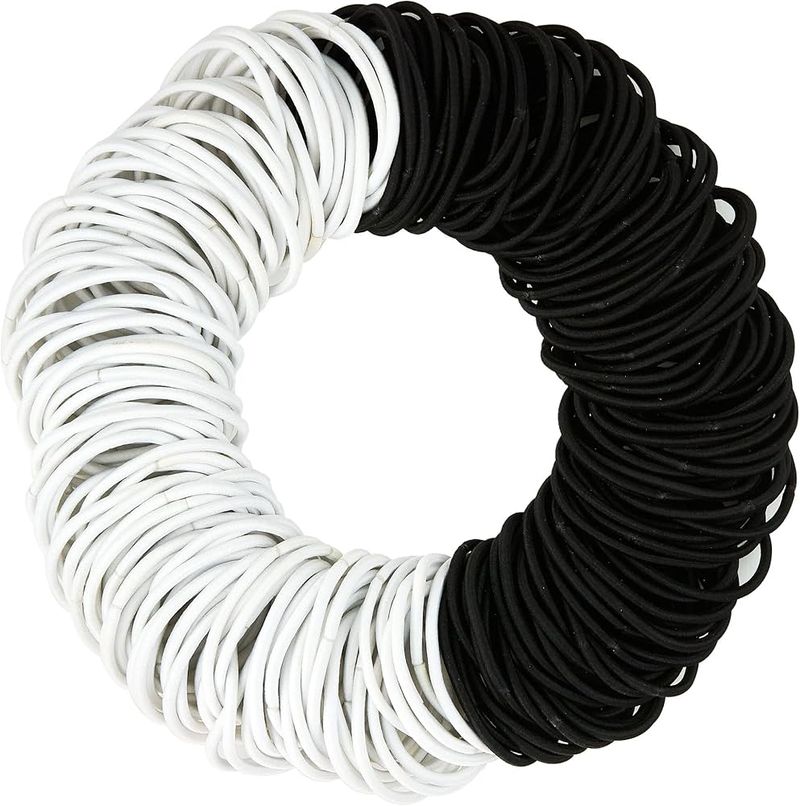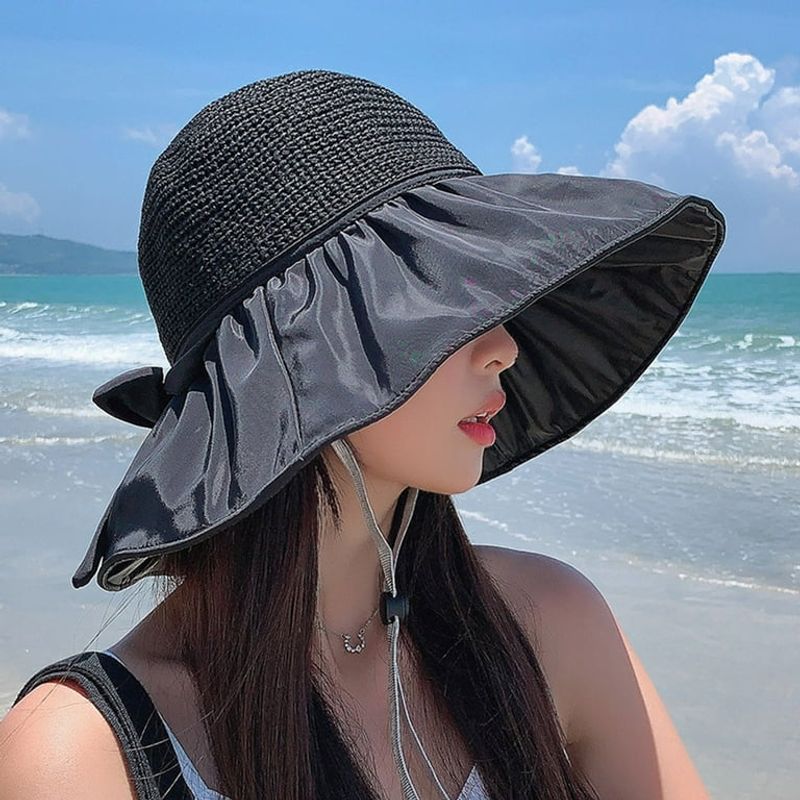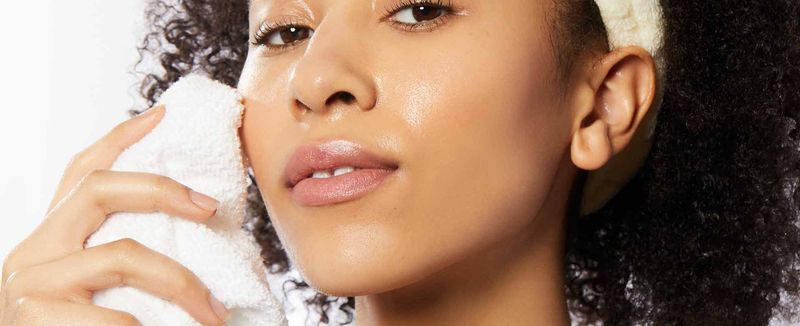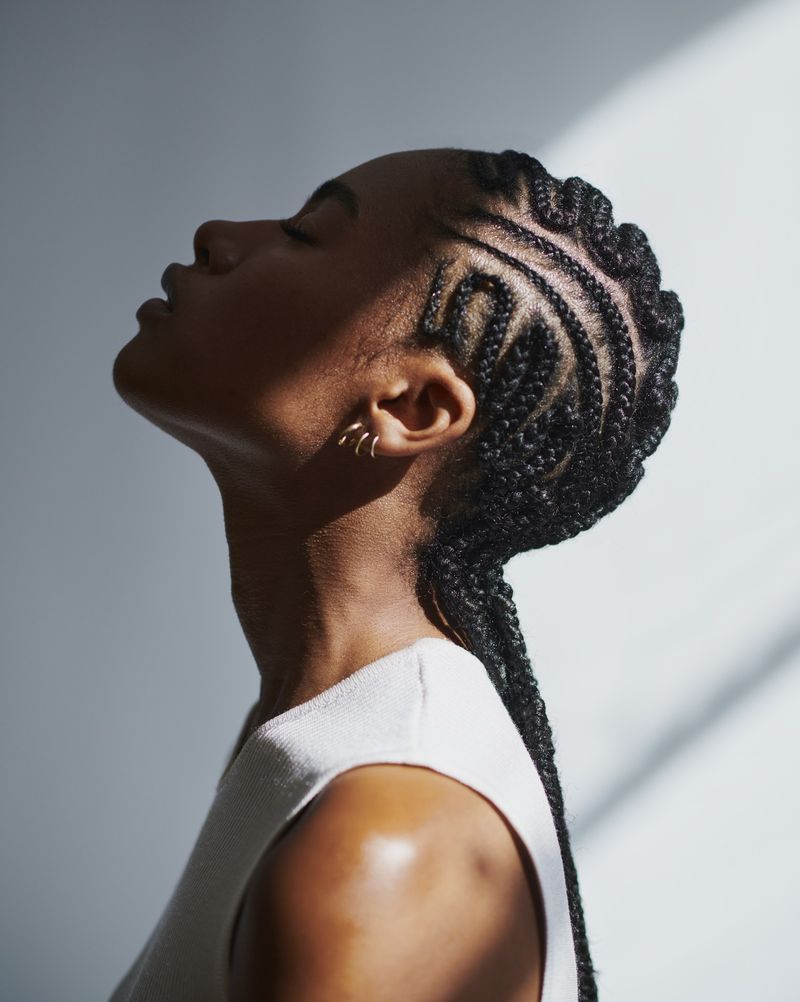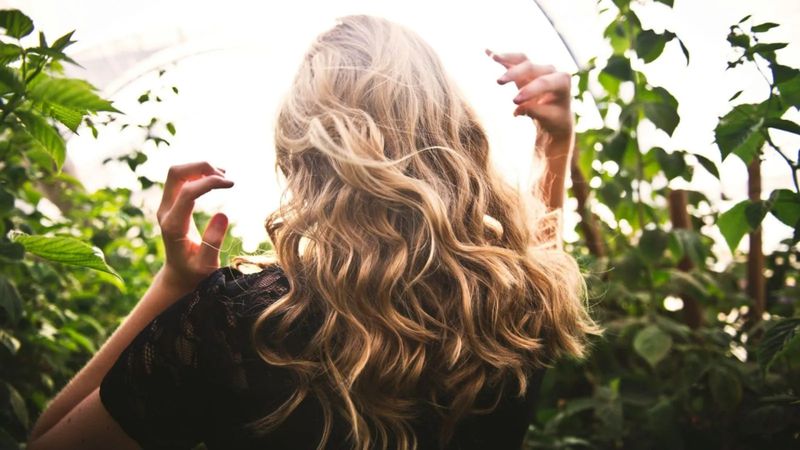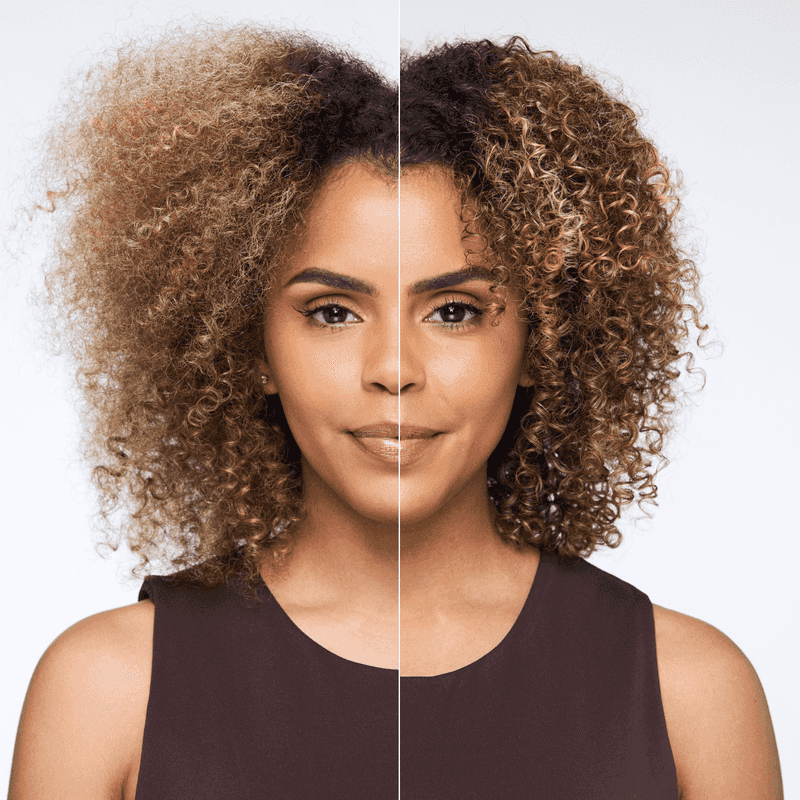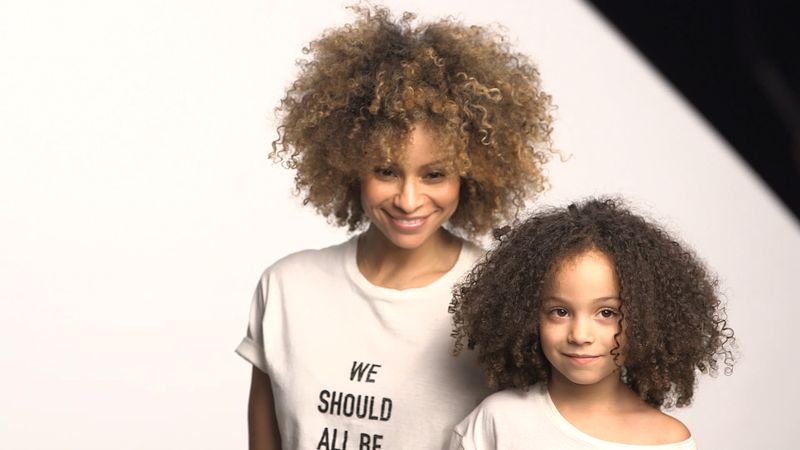Hair care wisdom travels through generations like a treasured family heirloom. My mother’s gentle hands braiding my unruly curls on Sunday mornings taught me more than just styling techniques – they instilled patience, self-care, and cultural pride. Now, as I guide my daughter through her own hair journey, I find myself echoing my mother’s words and mimicking her careful movements, creating a beautiful bridge between three generations of women.
1. Deep Conditioning Is Non-Negotiable
Saturday mornings in our house meant deep conditioning treatments, no exceptions. Mom would slather our hair with homemade avocado and olive oil masks while we sat impatiently watching cartoons.
Years later, I understand why she insisted on this ritual. Healthy hair starts with proper moisture, especially for our naturally dry curls. The difference between brittle, breaking strands and bouncy, resilient curls often comes down to these simple treatments.
Related: -7 Straight-Hair Problems No One Talks About And 8 Easy Fixes That Shine
My daughter now giggles under her shower cap while we wait for the conditioning magic to happen, continuing our family tradition of self-care that’s both practical and pampering.
2. Protect Your Edges At All Costs
“Those baby hairs won’t grow back if you keep pulling them,” Mom would warn while gently styling my hair. She taught me that tight ponytails and harsh styling could lead to traction alopecia—something many women in our family had experienced.
Satin scarves and pillowcases became essential items in our household. The smooth fabric prevented friction that cotton causes, preserving those delicate hairlines through the night.
Now I catch myself repeating these same cautionary tales to my daughter, showing her how to protect her edges with looser styles and proper nighttime care. Her hairline will thank me someday, just as mine thanks my mother.
3. Trimming Isn’t Just Vanity
Mom wielded those scissors with purpose. Every six weeks like clockwork, we’d sit in the kitchen for trim day. I’d protest, convinced she was secretly plotting to shorten my hard-earned length.
Regular trims prevent split ends from traveling up the hair shaft and causing more damage. What seemed like a frustrating length setback was actually Mom’s strategy for healthier, longer hair in the long run.
My daughter shares my childhood resistance to trims. She clutches her curls protectively whenever I mention the scissors, but I patiently explain the same lesson Mom taught me: sometimes you need to cut a little to grow a lot.
4. Never Brush Curly Hair When Dry
“Put that brush down!” Mom would exclaim if she caught me attacking my dry curls. The sound of hair breaking was physically painful to her—like nails on a chalkboard.
Curly hair should only be detangled when wet and slathered with conditioner. Starting from the ends and working upward prevents unnecessary breakage and preserves the curl pattern. Mom demonstrated this technique hundreds of times until it became second nature.
My daughter’s spirals are even tighter than mine, making this lesson especially crucial. We’ve turned detangling sessions into bonding time, complete with stories and silly songs to distract from any tangles we encounter.
5. Oil Your Scalp, Not Just Your Hair
Mom’s fingertips would massage my scalp with warm coconut oil, reaching every inch with practiced precision. “A healthy scalp grows healthy hair,” she’d say, working the oil into my roots.
The ritual seemed excessive to my young mind, but the science was sound. Proper blood circulation to the scalp encourages growth, while natural oils combat dryness without clogging follicles. Those Sunday night scalp massages were both therapeutic and practical.
My daughter now closes her eyes in contentment during our weekly oil treatments. I’ve added rosemary oil to Mom’s original recipe—a small innovation to our inherited tradition that stimulates even more growth.
6. Silk Wraps Are Worth The Investment
Watching Mom carefully wrap her hair in a silk scarf before bed seemed like such a grown-up ritual. The colorful fabric twisted into a perfect crown atop her head each night without fail.
Cotton pillowcases rob hair of moisture and create friction that leads to breakage and frizz. The smooth surface of silk preserves styles and moisture, making morning routines easier and protecting fragile strands.
My daughter now has her own collection of child-sized silk bonnets in rainbow colors. She proudly puts hers on at bedtime, mimicking the careful wrapping technique that spans three generations—a small nightly act of self-care passed from grandmother to mother to child.
7. Rain Is Not Your Friend
“Grab an umbrella!” Mom would shout if clouds appeared, even when others saw no rain threat. Her weather vigilance wasn’t general caution—it was hair protection strategy.
Humidity causes the hair cuticle to swell and lift, leading to frizz that can undo hours of careful styling. Mom taught me to carry emergency hair supplies: scrunchies, bobby pins, and a travel-sized anti-humidity spray for unexpected weather changes.
My daughter laughs at my weather app obsession and umbrella collection, but she’s learning. After experiencing her first humidity hair disaster last summer, she now understands why three generations of women in our family check the precipitation forecast before choosing hairstyles.
8. Hair Bands Should Never Have Metal Clasps
Mom would inspect my school supplies each year, removing any hair ties with metal clasps from my collection. Her seemingly odd behavior had solid reasoning behind it.
Those metal pieces catch and tear hair strands, causing breakage exactly where you don’t want it. She’d replace them with seamless cloth bands that were gentler on our fragile curls.
When my daughter came home from a birthday party with a goody bag full of cute hair accessories, I found myself channeling my mother—quietly sorting through them, removing the damaging ones before she noticed. Some lessons are taught explicitly; others are simply lived through the small, protective actions we take for those we love.
9. Hats Are Both Fashion And Protection
Summer meant wide-brimmed hats in our household. Mom’s collection filled an entire shelf, each one coordinated with different outfits but serving the same crucial purpose.
UV rays damage hair just like they damage skin, breaking down the protein structure and fading color. Those fashionable hats weren’t just style statements—they were shields against the invisible threat of sun damage that could leave our hair brittle and discolored.
My daughter’s tiny sun hats hang beside mine now. She’s learning that protecting her beautiful curls from environmental damage is just as important as the styling techniques we practice together. Protection now means less repair later—a lesson that applies to hair and life.
10. Water Temperature Matters
“Not too hot!” Mom would call out during shower time, reaching in to adjust the temperature if she suspected I was scalding my scalp. I thought she was being overprotective until I learned the science behind her caution.
Hot water strips the natural oils from hair and scalp, leading to dryness and irritation. The cuticle layer gets damaged by extreme temperatures, causing frizz and breakage that no product can fully repair.
Lukewarm water has become our family standard. My daughter now tests the temperature with her wrist before washing her hair, a small habit inherited from her grandmother that will serve her well throughout her life—protecting both her skin and her beautiful curls.
11. Protective Styles Need Actual Protection
Braids weren’t just braids in our house. Mom would carefully oil my scalp before creating intricate patterns, then finish with a special spray she mixed herself.
Protective styles can ironically damage hair if proper preparation and maintenance are neglected. Regular moisturizing prevents the dryness that leads to breakage at the roots, while proper installation prevents tension that can cause traction alopecia.
My daughter proudly sits for her braids now, understanding that the process isn’t complete without the preparatory scalp treatment and daily moisture spritz. She’s learning that true protection requires consistent care—a lesson that extends beyond hairstyling into many aspects of life.
12. Know Your Hair’s Porosity
Mom seemed to have a sixth sense about which products would work for each family member. Years later, I realized she was assessing our hair’s porosity—its ability to absorb and retain moisture.
Low porosity hair needs lightweight products that won’t sit on the surface, while high porosity hair craves rich, heavy moisturizers to seal the cuticle. Understanding this fundamental characteristic determines which products will help or harm your unique hair type.
I taught my daughter the simple water test—dropping a strand of clean hair into water to see if it floats or sinks—explaining how this knowledge would save her from wasting money on inappropriate products. She was amazed that such a simple test could reveal so much about her hair’s needs.
13. Seasonal Changes Require Routine Adjustments
Mom’s hair care routine shifted with the seasons like clockwork. Summer meant lighter products and more protective styles, while winter brought richer oils and deeper conditioning treatments.
Hair needs change dramatically with environmental conditions. Humidity levels, temperature, and even indoor heating can affect how your hair behaves and what it requires to stay healthy. These seasonal shifts aren’t just preference—they’re necessity.
My daughter now helps me reorganize our hair care shelf each season, moving summer sprays to the back as we bring heavier creams forward for winter. She’s learning to listen to her hair’s changing needs rather than sticking rigidly to a single routine—flexibility that will serve her well in hair care and beyond.
14. Clarifying Is Crucial
Once a month, Mom would declare “detox day” for our hair. Regular shampoos would be replaced with a special clarifying treatment that removed all product buildup, preparing our hair for deep conditioning.
Product residue accumulates over time, preventing moisture from penetrating the hair shaft and weighing down natural curl patterns. Regular clarifying treatments reset the hair, allowing subsequent products to work more effectively.
My daughter now recognizes when her curls need detoxing—they become less bouncy and responsive to her usual products. She’s learning to read these signals from her body rather than following a rigid schedule, developing an intuitive relationship with her hair that will evolve throughout her life.
15. Document Your Hair Journey
Mom kept a photo album of our changing hairstyles through the years. What seemed like simple sentimentality was actually a practical tool for tracking growth, damage, and successful styling methods.
Visual documentation helps identify patterns that might otherwise go unnoticed—how certain products or styles affect length retention, or how seasonal changes impact thickness and health. These records become invaluable references for understanding your unique hair.
My daughter and I continue this tradition digitally, taking monthly photos to track her hair growth and health. She loves comparing current pictures with past ones, celebrating the progress and learning from setbacks. This practice teaches patience and perspective—hair growth happens gradually, but documented evidence makes the journey visible.

